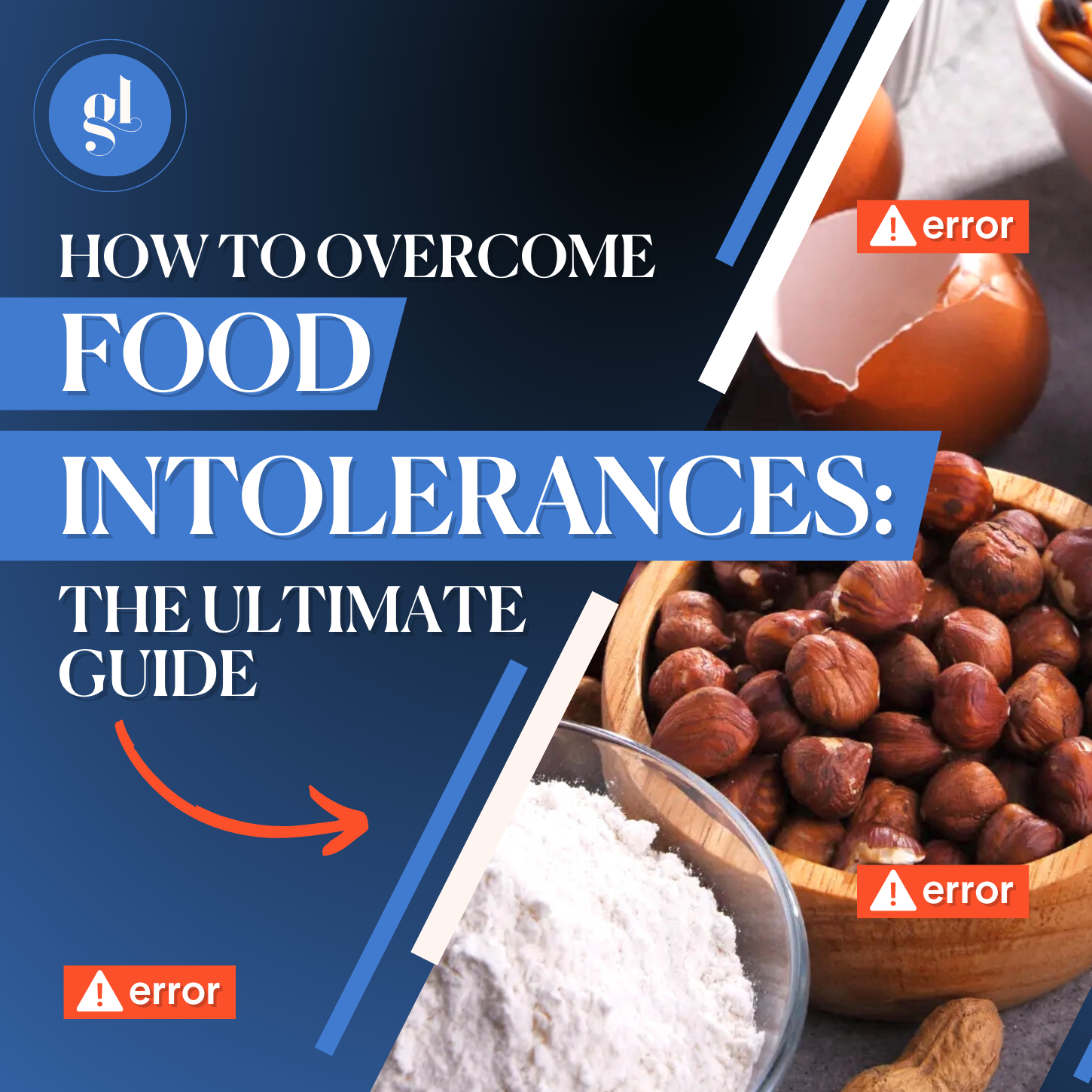What are you waiting for? Watch it now and start feeling better tomorrow!
In just three years, in 2025, the World Health Organisation has estimated that there will be 300…million people living with type 2 diabetes.
In fact, last year, in 2021, while COVID took the lives of more than 3.3 million people, type 2 diabetes accounted for 7 million lives.
In China today, 1 in 10 people have either type 1 or type 2 diabetes.
That helps to put things into perspective a bit!
Diabetes is a major problem and unfortunately, despite all that conventional medicine has to offer, we are just not getting better.
So let’s unpack type 2 diabetes.
Imagine, you’ve just indulged in a delicious, sugar-filled doughnut. Your salivary and digestive enzymes have broken the donut down, and the sugar molecules (the glucose) are now racing around your bloodstream. Your body mainly uses glucose for energy, but in order for it to be utilised, your pancreas responds to the circulating glucose, by secreting a hormone called insulin.
Now insulin’s role is to act like a key. It opens the doors of your cells to allow the glucose into them to be used for energy. However, if you are having too many donuts, or perhaps your metabolic function is not working properly due to other factors such as poor sleep, lack of physical activity, or poor gut health, your cells can become resistant to the effects of insulin, and the glucose is not able to enter your cells and be used. This is called insulin resistance.
Over time, insulin resistance tends to get worse, and the pancreatic beta cells that make insulin can wear out. Eventually, the pancreas no longer produces enough insulin to overcome the cells' resistance. The result? Higher blood glucose levels, and ultimately prediabetes or type 2 diabetes.
Now of course, this is a very simplistic explanation of a very complex topic and there is so much more happening in your body- but you get the idea.
Now besides a poor diet with a high intake of refined carbohydrates and a lack of exercise, what else may cause these things that are setting you up for diabetes?
- you may not be getting enough antioxidants in your diet
- snacking frequently between meals
- nutrient deficiencies especially deficiencies of magnesium, chromium, B vitamins, vitamin D, as well as a lack of healthy fats
- lack of sleep
- unhealthy gut microbiome
Unfortunately, as with many of the chronic lifestyle diseases in the Western world today, popping pills will only get you so far.
I want to now share with you the three essential steps to balancing your blood sugar and reducing your risk of diabetes.
1. Exercise
No surprises there!
Exercise has direct benefits for blood sugar management: exercise lowers blood glucose levels and enhances insulin sensitivity.
Exercising muscles take up glucose from the blood as they contract, regardless of the presence of insulin. Glucose is then consumed as fuel for the moving body. Blood sugar drops after exercise and remains at a lower level for 24-48 hours.
This means that by regularly moving your body you can produce a sustained improvement in your blood sugar.
So what kind of exercise is best? Actually both aerobic exercise and resistance training have proven effective for improving blood sugar.
Start at whatever you can manage but aim to work up to 150 - 300 minutes of aerobic exercise weekly, along with twice-weekly resistance training.
2. Sleep
Now here’s another reason why you should not stay up too late.
In the last decade or so, research has linked not getting enough sleep to increasing levels of insulin resistance. Sleep is important for hormonal balance and metabolic regulation. According to the American Diabetes Association, people who get inadequate sleep are 25 - 30% more likely to develop Type 2 diabetes!
Sleep is also associated with weight gain, which further increases one’s risk for developing
diabetes. Even in healthy individuals, insulin resistance begins to develop after just a few nights of insufficient sleep. That’s because a lack of sleep triggers the release of cortisol and cortisol causes insulin resistance and blood glucose to go up.
So time to start putting some focus on your sleeping habits:
- Try going to bed at the same time every night.
- Aim for 7-9 hours of sleep
- Try a relaxing activity like meditation or reading before bed
- Avoid alcohol, caffeine or other stimulants near bedtime.
- Turn off all electronic devices in the bedroom.
- Make sure your room is dark and that there is good airflow.
3. Meal Planning and Nutrition
And last but not least, when it comes to managing blood sugar, did you know that when you eat is nearly as important as what you eat?
Excessive snacking raises your risk for blood sugar imbalances and insulin resistance, but on the other hand, going too long between meals can be problematic, too, as it can cause blood sugar to become too low. The idea is to strike a healthy balance and aim for consistency. Eating at the same time every day helps keep blood sugar stable and supports healthy circadian rhythms.
Three other things you should do to balance your blood sugar levels:
- Eat a big breakfast and one that features protein, fiber, and healthy fats
- Avoid sugary, sweetened and processed foods and opt instead for whole, unprocessed foods.
- Make sure you’re consuming enough foods rich in magnesium. Magnesium is necessary for glucose control and insulin metabolism. In fact, people with diabetes are more likely to be deficient in magnesium.
Now that’s enough from me. Now that you’ve learnt about some key strategies in balancing your blood sugar, I hope you start making them a priority.
And before you go, please share in the comments and don’t forget to like and subscribe. We want to share this information with as many people who will benefit as we can.














What Do You Think? Comment Below: